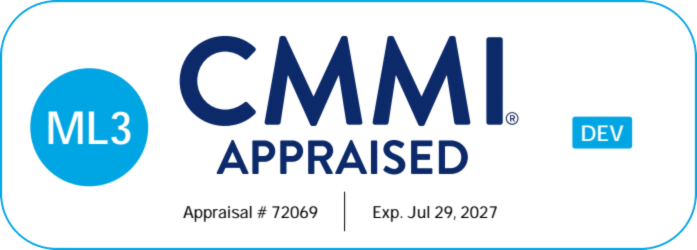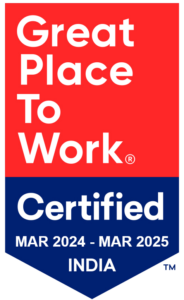
Why Tech-Ops Friction Is Costing Enterprises in 2025: And How to Fix It With No-Code + AI
Reading Time: 6 minutesAcross industries, enterprises are accelerating digital transformation. AI investments are rising, cloud modernization is scaling, and operations teams expect faster delivery than ever before. But beneath this momentum lies a growing challenge: the widening tech-ops friction between technology teams and operational stakeholders. The divide isn’t new, but its impact has intensified. As businesses race toward

The Ultimate Guide to Business Process Management in 2025
Reading Time: 15 minutesEvery successful business relies on processes—structured sets of activities that guide teams toward achieving specific goals. But in a rapidly evolving market, simply having processes isn’t enough. Business Process Management (BPM) is the practice of examining, refining, and optimizing these workflows to drive efficiency, reduce errors, and enhance outcomes for both the business and its

No Code Development in 2025: The Ultimate Strategic Guide for Success
Reading Time: 22 minutesNo code development is redefining how businesses and individuals build digital solutions. Once limited to developers with technical expertise, software creation is now accessible to professionals across departments—thanks to intuitive, drag-and-drop platforms that require no programming knowledge. This shift is empowering teams to move faster, innovate freely, and reduce dependency on overburdened IT departments. With

Top 12 must-have Digital Transformation tools for Business Growth in 2025
Reading Time: 15 minutesEveryone in the business world is talking about Digital Transformation Tools, Digital Workplaces, and Business Continuity. But what is the connection between them? Is the hype worth it? Let’s explore. The digital revolution is upon us, and businesses of all sizes are scrambling to adapt. But where do you even begin? Fear not, intrepid explorer!

Citizen Developer 2025: Role, Benefits, and How to Become One
Reading Time: 15 minutesBusinesses today face numerous challenges, such as stringent regulations, evolving customer demands, intense industry competition, and environmental changes. Addressing these issues can be beyond the capacity of most IT departments. To tackle this problem, rise of the citizen developers is here, empowering employees to develop their own solutions without relying on IT professionals. This does

Digital Transformation in 2025: What It Is, Why It Matters, and How to Succeed
Reading Time: 18 minutesDigital transformation in businesses has now become imperative. In a recent survey, 87% of participating business leaders said they feel at risk if they fail to innovate digitally. The same message comes across from every conference, keynote, panel discussion, article, analyst report, or study on how businesses can remain competitive and relevant as the world becomes

The Ultimate 2025 Guide to Digital Transformation in HR
Reading Time: 16 minutesHR is one of the most important departments in an enterprise and involves an array of complex processes at different stages of employee engagement. It is imperative that these crucial processes are automated so as to save time, avoid manual effort, and, most of all, streamline information. Let’s learn how HR benefits from automation &

Management Software : Proven Strategies to Supercharge Your Business
Reading Time: 4 minutesUndoubtedly, technology has made today’s workplace more efficient and productive. Workflows that may have been riddled with misunderstandings and inefficiencies before have now been polished and streamlined by workflow management software. The importance of this software and other similar programs can be seen in how big of a market it has become. The worldwide market

Digital Transformation in Solar Industry: Unlock 9 Key Benfits
Reading Time: 4 minutesIn today’s date, every industry leader is looking at how to transform their business digitally. Digital Transformation in solar industry is no different. Let’s learn how Digital Transformation in the Solar industry and make it shine. Renewable energy has established itself as the technology of choice for new power generation capacity, and countries worldwide have

Digital Transformation in Engineering : 12 Use Cases & Game-Changing Examples
Reading Time: 8 minutesAs per PwC – Global Construction 2030, the volume of construction output will grow by 85% to $15.5 trillion worldwide by 2030, with three countries, China, the US, and India, leading the way and accounting for 57% of all global growth. Digital Transformation in engineering and construction industry is undergoing a substantial shift. Though there













